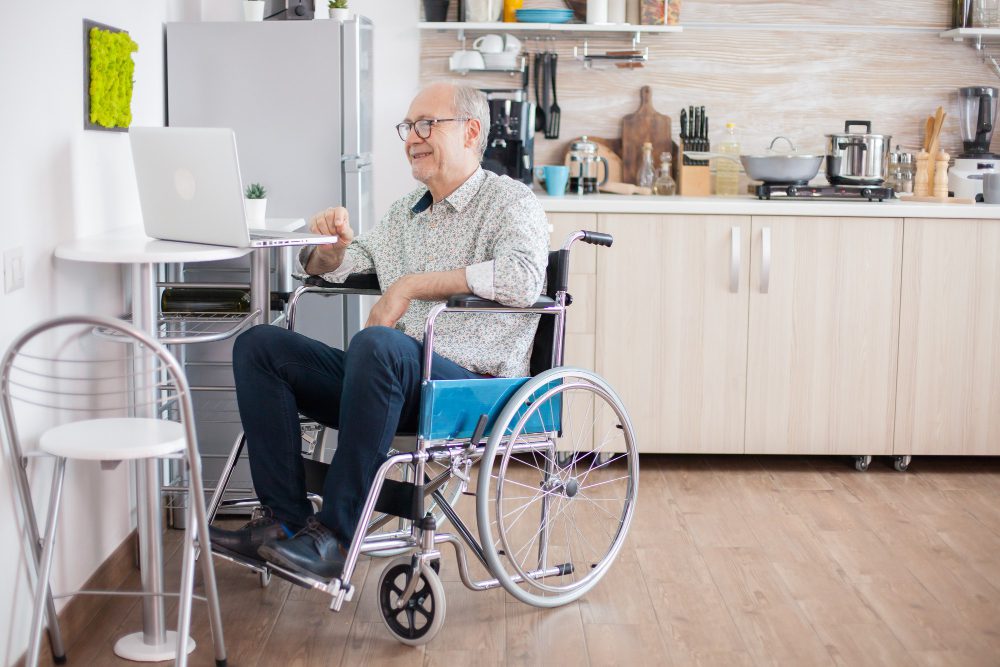As we get older, our needs change. Things that once seemed easy, like walking up stairs or reaching for a plate in the cabinet, can slowly become tricky. But that doesn’t mean a person has to leave their home. With a few smart changes, any home can feel safer, easier to move around in, and more welcoming.
If you’re helping a parent, grandparent, or loved one stay at home longer, here are some small adjustments that can make a big difference.
Start With the Bathroom
Bathrooms can be risky. Wet floors, slippery tubs, and awkward layouts are a bad combination. One of the first things you can do is install grab bars near the toilet and inside the shower. These give extra support when sitting, standing, or moving around.
Swap out the standard shower head for a handheld one, and consider a shower chair or bench. These changes can turn shower time from a balancing act into a relaxing routine. And don’t forget non-slip mats both inside and outside the tub.
Keep Walkways Clear and Open
Cluttered walkways are more than an eyesore—they’re a tripping hazard. Make it a habit to keep hallways, living rooms, and bedroom floors free of loose items like shoes, cords, or small furniture.
If the home has area rugs, you might want to remove them altogether. Rugs can bunch up or slide, making them easy to trip over. If removing them isn’t an option, use rug grippers to keep them flat and steady.
Better Lighting, Fewer Surprises
Dim lighting can hide obstacles and throw off depth perception. Add brighter bulbs in areas like hallways, stairs, and the kitchen. You can also install motion-sensor nightlights for late-night trips to the bathroom or kitchen.
Make sure light switches are easy to reach. If someone has arthritis or weak grip strength, consider using rocker switches or voice-activated options, as these may be easier to use.
Make Common Items Easy to Reach
One small step can lead to a big fall. Avoid storing daily items in high or low spots. Move dishes, food, toiletries, and clothes to waist or shoulder height. Kitchen tools should be close to the stove or counter where they’re used. The less bending, stretching, or climbing required, the better.
Furniture That Works
Some older furniture is heavy, low to the ground, or awkwardly shaped. Look at chairs and couches with firm cushions and armrests that make it easier to get in and out.
Bed risers can help raise a bed to a height that doesn’t require a big effort to get in or out of. If a walker or wheelchair is part of daily life, rearranging the furniture to create wider paths can take a lot of stress out of moving around.
Small Details That Add Up
Things like larger doorknobs, lever-style handles, and even thicker pens can make daily routines feel less frustrating.
Moreover, appliances with big, clear buttons are easier to use in the kitchen. Digital clocks with large displays help keep track of time, and labeled light switches or drawers can be helpful if memory issues are present.
A comfortable home doesn’t need to be fancy or high-tech. It just needs to feel easy to live in, where moving from room to room doesn’t feel like a challenge. If you’re helping a loved one age at home and aren’t sure where to start, our team at Friends for Life can help.
Book your consultation today and let’s talk about how we can support your family with caring, personalized in-home services.


